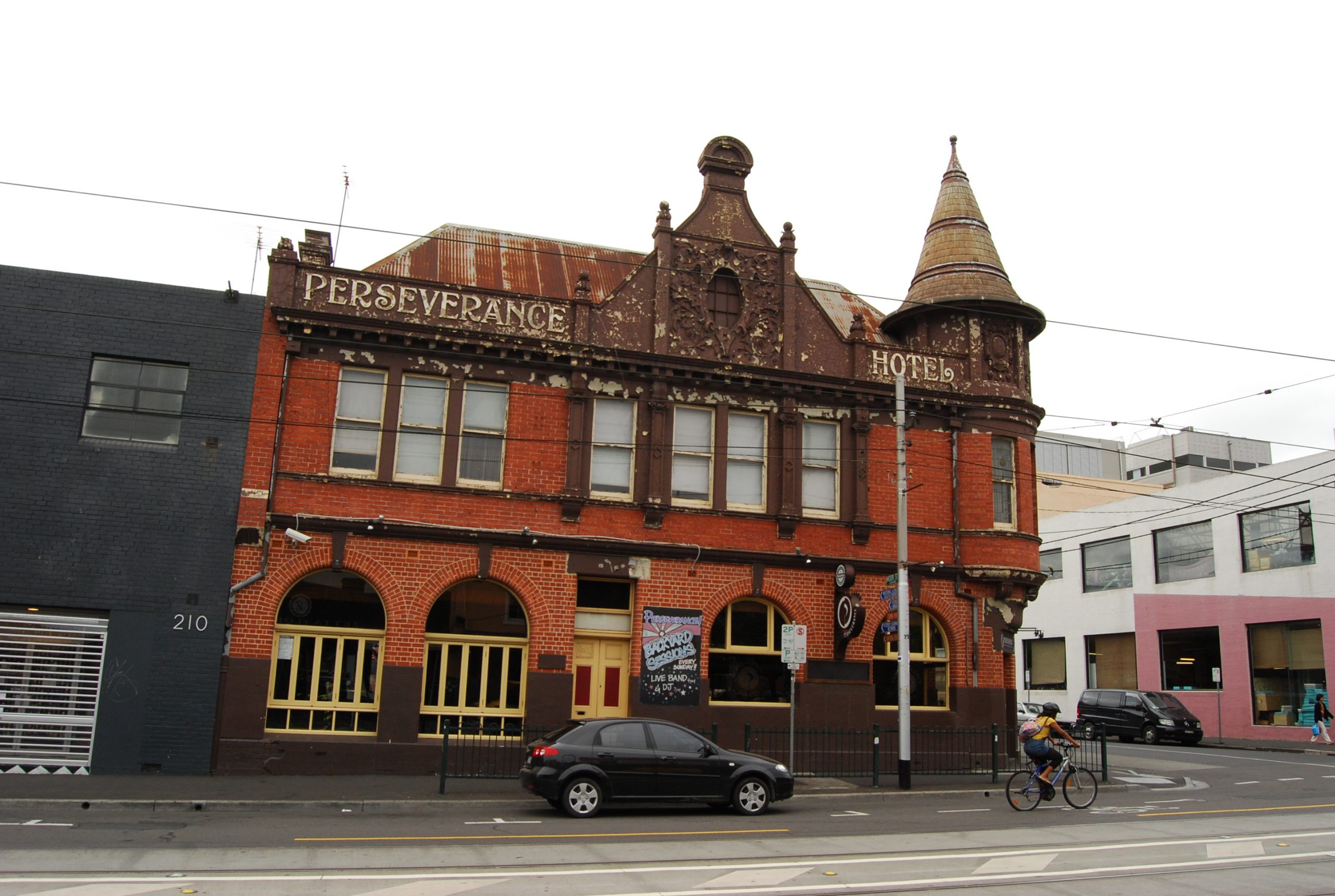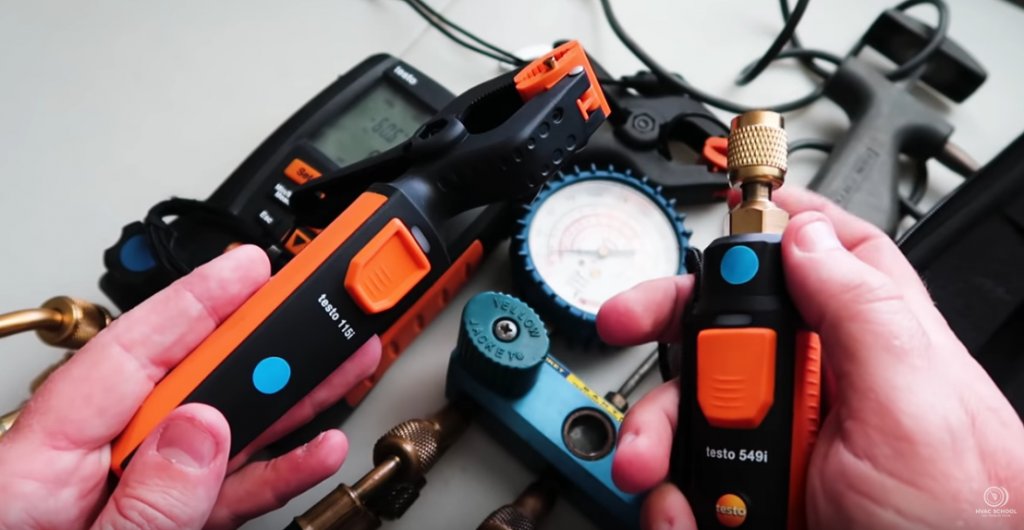Get Tech Tips
Subscribe to free tech tips.
Furnace Air Temperature Rise

Every gas furnace data plate/tag has a specification for the temperature rise through that furnace. It is shown in a range like 50-80° or 45-75°. Those first two numbers are the lowest recommended temperature rise; the highest allowed temperature rise through the furnace is usually a 30° difference. When possible, we want to get the rise toward the center of that range. So if our return air temperature is 70 degrees, the lowest supply air temperature we would want on the 090 furnace on the chart below is 95. The highest allowable supply air temperature for that unit would be 125, with the ideal being 110. We can attempt to do that through a combination of proper commissioning practices, primarily setting the airflow properly in heating mode.

Air temperature rise is the difference between the temperature of the return and the heated supply air from the furnace. Temperature rise must be measured during installation and must be within the range on the furnace rating plate. Air temperature rise is important not only for the longevity of the furnace but also for customer comfort.
So, what does temperature rise mean? How do we calculate it?

First of all, we need to verify that the furnace is firing on its full output (high fire) and that the manifold pressure is correct. Then, we need to let the appliance run for at least 15 to 20 minutes so that everything has a chance to acclimate. You then take the temperature of the return air into the furnace and then take the air temperature of the supply air leaving the furnace.
The supply air temperature should be taken several feet away from the furnace so that it isn't affected by radiant heat from the heat exchanger. You then subtract the return air temperature from the supply air temperature to get the air temperature rise through the furnace.
So, what can we learn from this number?
If you are too close to the low-end rating number with your rise, the air coming off the furnace will feel cool to the occupants. You may have complaints of “drafts” or not feeling warm.
If you are BELOW the low-end rise, you could even start to form condensation in the heat exchanger. That could shorten the heat exchanger's life due to corrosion. Low rise means you are moving too much air over the heat exchanger; this can (usually) be corrected by slowing the blower down.
It's more important that we mind the high end of the rated range. When we are near or over the high-end number, the furnace may begin cycling on the limit control. The limit is a safety control and is not designed to shut the furnace on and off regularly; it will eventually fail. Proximity to the high-end number is also a sign that you are overheating the furnace and will cause problems with the heat exchanger and other components.
When the rise is too high, you are not moving enough air over the heat exchanger. That can (and must) be corrected with a blower adjustment or by resolving the source of low airflow in the system, such as a dirty filter, blower wheel, etc.
As usual, when you see signs of low airflow, like high-temperature rise, look for the obvious maintenance-related issues first.
—Bryan










Comments
I’m a little confused by the statement following the example temperature rise ranges:
“It is shown in a range like 50-80° or 45-75°. Those two numbers are the lowest recommended temperature rise; the highest allowed temperature rise through the furnace is usually a 30° difference.”
Doesn’t the range indicate the lowest to highest recommended temperature rise, not just the lowest as stated? The difference in both examples is 30F which matches the typical difference (rise).
I’m a little confused by the statement following the example temperature rise ranges:
“It is shown in a range like 50-80° or 45-75°. Those two numbers are the lowest recommended temperature rise; the highest allowed temperature rise through the furnace is usually a 30° difference.”
Doesn’t the range indicate the lowest to highest recommended temperature rise, not just the lowest as stated? The difference in both examples is 30F which matches the typical difference (rise).
This flight-themed slot combines adventure with exciting rewards.
Jump into the cockpit and spin through cloudy adventures for massive payouts.
With its retro-inspired graphics, the game evokes the spirit of early aviation.
https://www.linkedin.com/posts/robin-kh-150138202_aviator-game-download-activity-7295792143506321408-81HD/
Watch as the plane takes off – withdraw before it flies away to grab your earnings.
Featuring seamless gameplay and immersive audio design, it’s a favorite for gambling fans.
Whether you’re testing luck, Aviator delivers non-stop thrills with every spin.
This flight-themed slot combines adventure with exciting rewards.
Jump into the cockpit and spin through cloudy adventures for massive payouts.
With its retro-inspired graphics, the game evokes the spirit of early aviation.
https://www.linkedin.com/posts/robin-kh-150138202_aviator-game-download-activity-7295792143506321408-81HD/
Watch as the plane takes off – withdraw before it flies away to grab your earnings.
Featuring seamless gameplay and immersive audio design, it’s a favorite for gambling fans.
Whether you’re testing luck, Aviator delivers non-stop thrills with every spin.
I have read several excellent stuff here. Certainly price bookmarking for revisiting. I surprise how much effort you put to create the sort of great informative web site.
I have read several excellent stuff here. Certainly price bookmarking for revisiting. I surprise how much effort you put to create the sort of great informative web site.
Этот сайт — цифровая витрина лицензированного аналитической компании.
Мы предлагаем поддержку в сфере сыскной деятельности.
Коллектив профессионалов работает с абсолютной этичностью.
Мы берёмся за поиски людей и разные виды расследований.
Детективное агентство
Каждое дело подходит с особым вниманием.
Мы используем новейшие технологии и ориентируемся на правовые стандарты.
Если вы ищете ответственное агентство — вы по адресу.
Этот сайт — цифровая витрина лицензированного аналитической компании.
Мы предлагаем поддержку в сфере сыскной деятельности.
Коллектив профессионалов работает с абсолютной этичностью.
Мы берёмся за поиски людей и разные виды расследований.
Детективное агентство
Каждое дело подходит с особым вниманием.
Мы используем новейшие технологии и ориентируемся на правовые стандарты.
Если вы ищете ответственное агентство — вы по адресу.
Hi Zig, you’re right that’s a typo and incorrect. We will get that fixed. . Let’s say for example you have 70 degree return air, the lowest correct supply air temp on a furnace with a 45-75 degree heat rise would be 115. The highest allowable would be 145. The ideal would be 130
Hi Zig, you’re right that’s a typo and incorrect. We will get that fixed. . Let’s say for example you have 70 degree return air, the lowest correct supply air temp on a furnace with a 45-75 degree heat rise would be 115. The highest allowable would be 145. The ideal would be 130
Bryan, what is the ideal solution when both the supply gas input and gas manifold pressures are within spec, the ECM blower is set to the lowest setting, and the temp rise is 3-5 degrees lower than the rated minimum for both low and high stages: slightly increase the orifice size? Thanks
Bryan, what is the ideal solution when both the supply gas input and gas manifold pressures are within spec, the ECM blower is set to the lowest setting, and the temp rise is 3-5 degrees lower than the rated minimum for both low and high stages: slightly increase the orifice size? Thanks
Where are you putting your air temperature probes? I would try a few different registers or locations in the plenum to make sure your air temp readings are accurate. Then I would clock the gas meter to ensure proper input. Is that helpful?
Where are you putting your air temperature probes? I would try a few different registers or locations in the plenum to make sure your air temp readings are accurate. Then I would clock the gas meter to ensure proper input. Is that helpful?
To leave a comment, you need to log in.
Log In